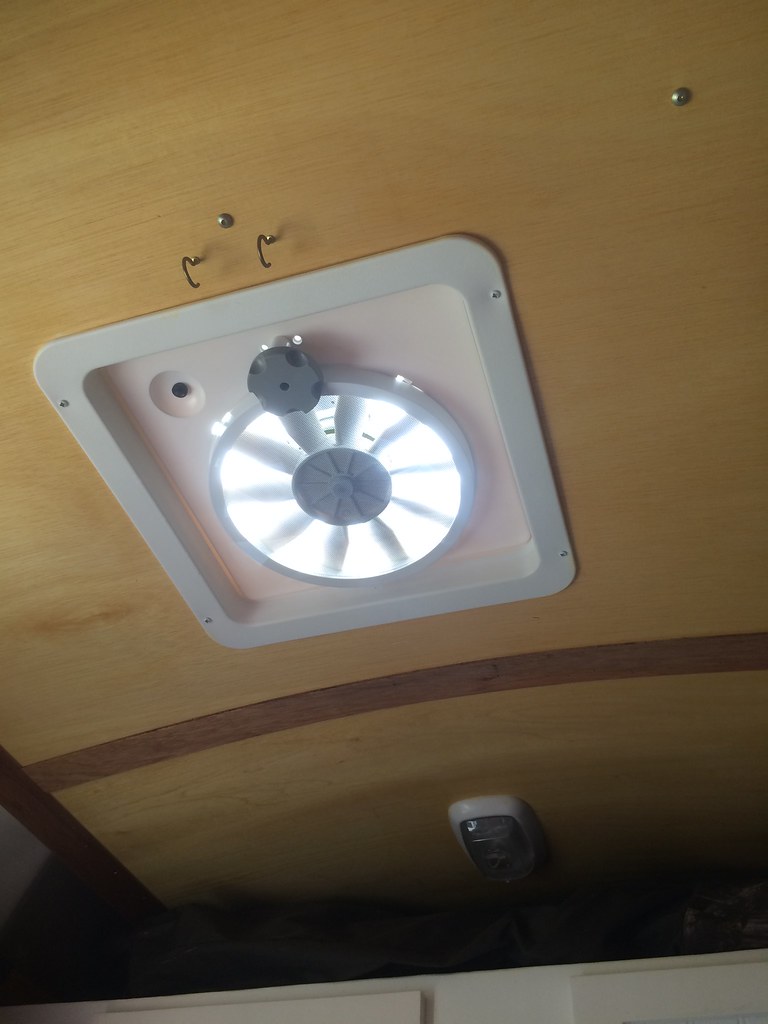Most dimmer switches these days use a triac type device that actually turns the light on/off many times per second. They don't use resistors to "burn off" excess power anymore. This means that you don't use anymore juice than you want. It could really add up over time. The older dimmer switches are not as efficient in energy savings as newer ones, but by the very nature of Ohm’s law they do conserve. Some of the energy is converted to heat – that much is correct.
Ohm’s Law states that the current through a conductor between two points is directly proportional to the potential difference across the two points. Introducing the constant of proportionality, the resistance, one arrives at the usual mathematical equation that describes this relationship:
I=E/R. where I is current (amperage), E is voltage and R is resistance.
If you increase resistance, you reduce voltage and current. Some losses are present in the form of heat or electrical leakage due to inefficiency of components, but there is still a reduction.
With LED lights the effect of dimming compared to power use is fairly linear. However, dimming incandescent is actually less efficient than using a lower wattage of bulb.
McDave
P.S. @ flboy,
I don't know what size and type of LED main light you are using, but here is what I'm using to dim my strip lights that are used for general indirect lighting. Probably 80' (ft) or so @ 2amps or 24wt per 16ft (5m), so 10a or 120wt for 80 ft @ 100%. A lot of light for a small area, but it is indirect. I dim them all to less than 10% for normal use, so 1 amp or 12wt.
http://www.ebay.com/itm/111792901741?_t ... EBIDX%3AITThe remotes are handy and seem to be at the same RF, so I have 1 remote at front door and 1 at rear. Easy wiring and they remember the last setting when powered on/off.
For task or direct lighting I'm using 2 of these, 1 in galley area, 1 in cargo area.
http://www.ebay.com/itm/LED-921-Dome-Li ... 33748fd6f3They are VERY BRIGHT, and 2.5wt or .2amp @ 100% if you can tolerate that much light.
McDave

 ..........................................................
.......................................................... 

